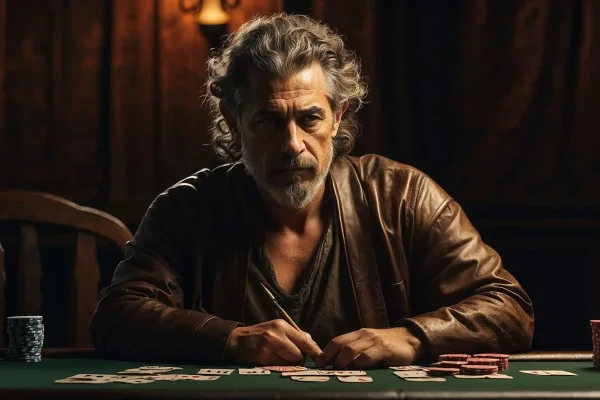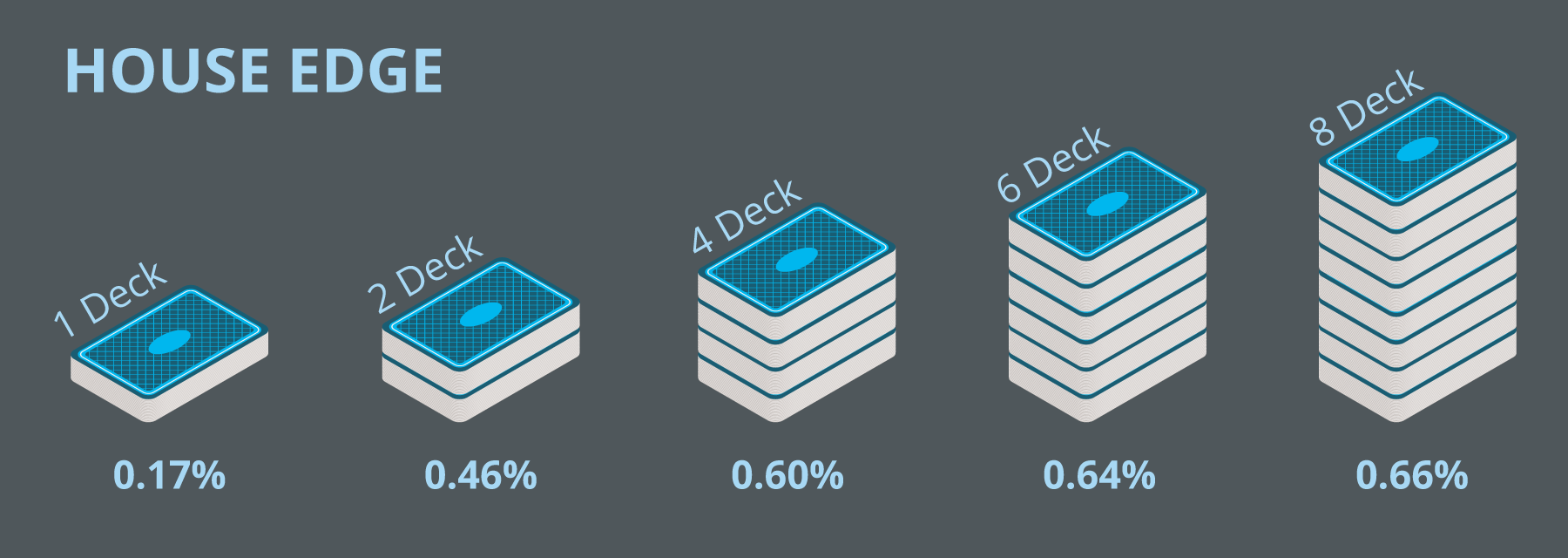Blackjack is already one of the best casino games for players—when played right. But not all blackjack variants are created equal. Some tilt the odds even further in your favor. Here’s the deal: if you know where to look (and how to play), you can find games with a house edge under 0.5%. Let’s break it down.
The Holy Grail: Single-Deck Blackjack
Single-deck blackjack is the unicorn of low-house-edge games. With perfect basic strategy, the house edge can drop to a razor-thin 0.15%. But—and this is a big but—casinos know this. So they tweak the rules to compensate. Here’s what to watch for:
- Payouts: A 3:2 payout on blackjack is non-negotiable. Avoid 6:5 games like the plague—they add ~1.4% to the house edge.
- Dealer rules: Look for “dealer stands on soft 17” (S17). If they hit (H17), that’s another 0.2% in their favor.
- Doubling down: You want unlimited doubling, including after splitting. Restrictions here hurt your odds.
Exploiting single-deck? Play flawless basic strategy. And if you can count cards—well, this is where it gets juicy. Fewer decks mean counting is far more effective.
Double-Deck Blackjack: The Sweet Spot
Double-deck games often have better rules than single-deck because casinos assume players won’t bother counting. Joke’s on them. With S17 and 3:2 payouts, the house edge sits around 0.34%. Key tips:
- Penetration matters: If the dealer cuts off half the deck, walk away. You want 60-75% dealt before reshuffling.
- Watch for surrender: Late surrender (where you can forfeit half your bet after the dealer checks for blackjack) drops the edge another 0.07%.
How to Exploit Double-Deck Games
Card counting shines here. Use a simple system like Hi-Lo, and ramp up bets when the true count is +2 or higher. Casinos might sweat you, but with disciplined bet spreads (e.g., 1-8 units), you’ll fly under the radar.
European Blackjack: The Rule Quirks
European blackjack uses two decks but has a twist: the dealer doesn’t check for blackjack until after players act. No hole card. This changes strategy—like never taking insurance—but the house edge can still hover around 0.6% with good rules.
Exploit it by:
- Avoiding “no hole card” traps: If you double or split and the dealer has blackjack, you lose everything. Adjust basic strategy accordingly.
- Seeking S17 games: Rare in Europe, but they exist. Worth hunting down.
Vegas Strip Blackjack: The Crowd-Pleaser
Four decks, S17, double after split—this variant is common in Vegas and online. House edge? A respectable 0.48%. The trade-off? More decks make counting harder, but not impossible.
Pro move: Look for games with early surrender (against dealer ace or 10). It’s rare, but it slashes the house edge by 0.6% when available.
Blackjack Switch: Gimmick or Goldmine?
This quirky variant lets you swap cards between two hands. Sounds fun, right? Here’s the catch: blackjack pays even money (1:1), and the dealer pushes on 22. Still, with perfect strategy, the house edge can drop to 0.58%.
How to exploit it:
- Switch aggressively: Always swap if it gives you a 20 or blackjack.
- Double down less: The modified rules change optimal doubling scenarios.
The Fine Print: Rules That Wreck Your Edge
Even the best variants can be ruined by bad rules. Here’s what to avoid:
| Rule | House Edge Increase |
| 6:5 blackjack payout | +1.39% |
| Dealer hits soft 17 | +0.22% |
| No doubling after split | +0.14% |
| No resplitting aces | +0.08% |
Final Thought: Play the Long Game
Finding low-edge blackjack is one thing. Exploiting it? That’s where patience and discipline come in. The math works—but only if you stick to the plan. And honestly? That’s the hardest part.













